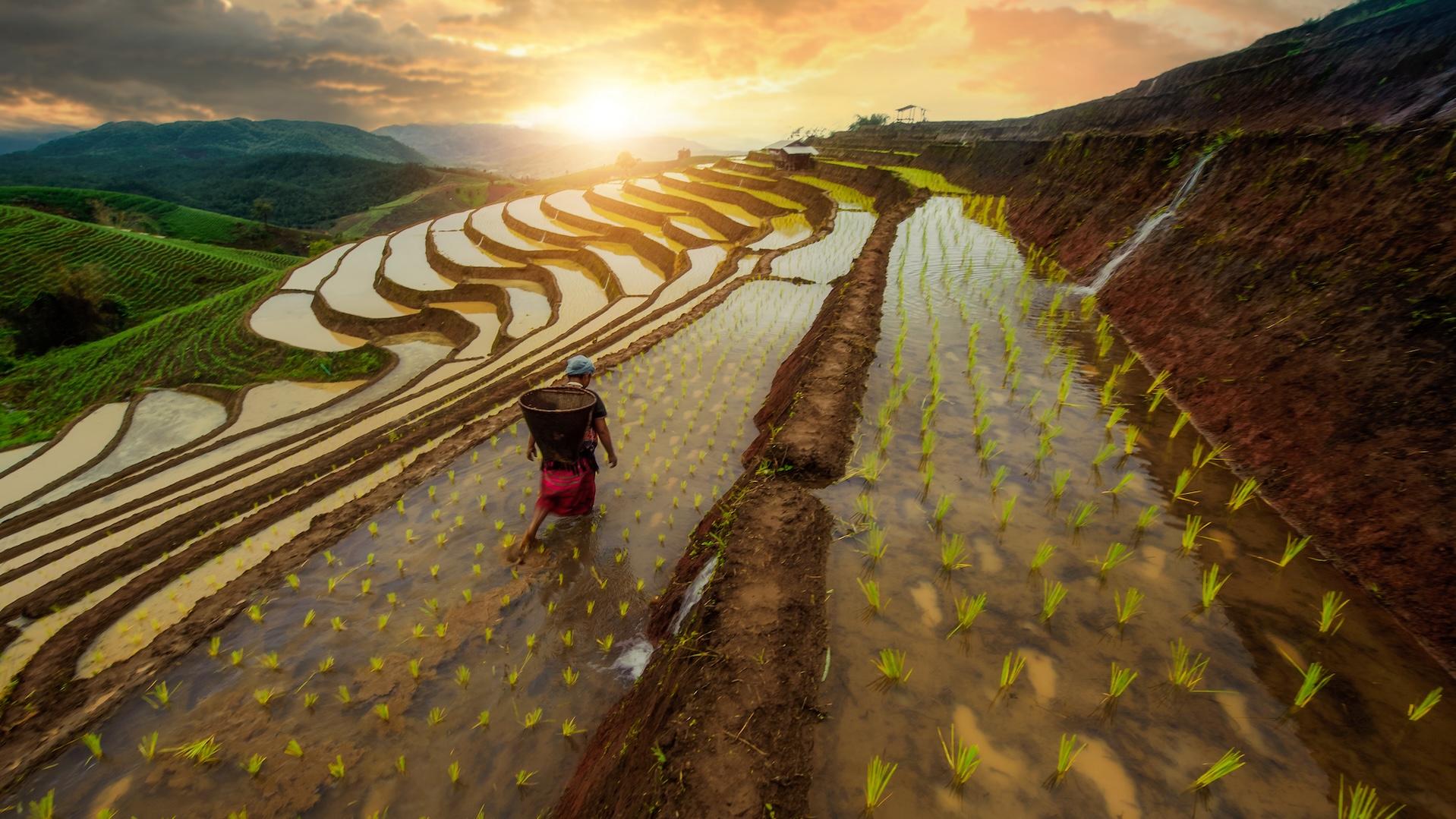30,000 years of history reveals that hard times boost human societies' resilience
Human societies that experience downturns do a better job of recovering from later disasters, new research finds.

The old saying may be true: What doesn't kill you makes you stronger. At least that's the case for human civilizations across 30,000 years of history, according to a new analysis published May 1 in the journal Nature. The study found that, across the globe, ancient human societies that experienced more setbacks were also quicker to bounce back from future downturns.
"The more often a population experiences disturbances or downturns, the more likely it is to be able to recover faster the next time around," study leader Philip Riris, an archaeologist at Bournemouth University in the U.K., told Live Science.
This seesaw between vulnerability and resilience was particularly strong among early farmers and herders, Riris and his colleagues found. Agricultural communities throughout history experienced more downturns overall than other societies, such as hunter-gatherer groups, but they also recovered from these downturns more quickly than other groups.
"It's an important paper," said Dagomar Degroot, an associate professor at Georgetown University who studies how climate change influenced human history and who was not involved in the research. "There is a lot of really influential work on the collapse of societies faced with climate change," Degroot told Live Science, "but a focus on resilience and only resilience is significantly rarer."
Historians and archaeologists have published many case studies on individual societal crises, Riris agreed. But it's hard to compare these experiences across space and time. He and his team pulled together data from 16 separate archaeological sites around the globe, spanning from South Africa to Canada, with data stretching back as far as 30,000 years ago.
Related: What's the deadliest month of the year?
To determine downturns and recoveries, the researchers used a method called "dates as data." Each site had records of radiocarbon dating, which gives an age for organic materials based on the decay of carbon-14, a radioactive form of carbon. Previous studies have established that the number of carbon-14 dates available for a certain time and place is correlated with population. When there are more people, it means more activity, buildings, trash heaps and firepits to excavate and date.
Sign up for the Live Science daily newsletter now
Get the world’s most fascinating discoveries delivered straight to your inbox.
Most of the downturns in the study took place on decades-plus timescales and had a variety of causes, ranging from environmental change to societal upheaval. In some cases, the researchers had specific historical or climatological information about what those crises were, such as a cold snap in Norway that led to crop loss. Farmers and herders may be inherently more vulnerable to disaster, Riris said, since one bad growing season or a drought can mean immediate famine. But agricultural and herding societies also may be well positioned to recover from disaster.
"The winners [after a disturbance], either they're just lucky or they have some sort of technology or practice or behavior or social institution that means that they did better during the crisis," Riris said. "As a result, they're more likely to pass down that learning, that aspect of culture that will enable their descendants to do better down the line."
The archaeological findings mesh well with historical case studies, said Degroot, who has researched resilience in the Dutch Republic in the face of the Little Ice Age in the 17th century. "I had found those things for a very narrow case study," he said, "and here the authors find them for a much broader set of case studies."
Whether modern humans can pull directly from these lessons is less certain, Degroot said. All of the societies in the study were preindustrial and might have little in common with today's global order. However, Riris said, the ability to compare societies and look for patterns is important.
"It provides that overarching framework that will allow resilience to be tackled systematically," he said.

Stephanie Pappas is a contributing writer for Live Science, covering topics ranging from geoscience to archaeology to the human brain and behavior. She was previously a senior writer for Live Science but is now a freelancer based in Denver, Colorado, and regularly contributes to Scientific American and The Monitor, the monthly magazine of the American Psychological Association. Stephanie received a bachelor's degree in psychology from the University of South Carolina and a graduate certificate in science communication from the University of California, Santa Cruz.










